Designed by Frederick Law Olmsted and Calvert Vaux, the 843 acre Central Park in New York City was created in 1857. With construction beginning in 1858 ( on the original 778 acre site), and continuing through the American Civil War, it was eventually expanded to its current size in 1873.
Between 1821 and 1855, New York City saw a four-fold growth in its population. As a result, people expressed a desire for a green space to get away from the noise and chaos of urban life. They had expressed their need for a public park as early as 1844. Nine years later, the New York City Council settled on a 700+ acre piece of land to serve this need. Prior to this time, the land had been occupied for fifty years by Irish immigrants and free blacks who had purchased lots to raise livestock, build churches and cemeteries, as well as to construct shanty towns. So, this area had to be cleared of these inhabitants (around 1600), under the “Eminent Domain Eviction Rule,” before construction could begin. A design competition for the new Park was established in 1857, which was won by Olmsted and Vaux. Their design was influenced, in part, by the Cambridge, Massachusetts Mount Auburn landscaped Cemetery, and included thirty-two bridges (no two alike). Olmsted and the New York Park Commission battled many times over the construction process, resulting in Olmsted’s removal several times as Central Park’s superintendent (he was always brought back). By 1873, most of the construction was completed, with approximately four million trees, shrubs, and plants (representing 1500 species) being transplanted into the park. [While doing my research on the history of Central Park, I learned one bit of trivia; more gunpowder was used to clear the land than was used at the Battle of Gettysburg during the American Civil War]. When the Park was opened to the public, there originally were 18 entrance gates that were named to represent the range of New York Trades involved in the park’s construction. From the 1860’s until 1934, sheep grazed in the “Sheep Meadow” until they were moved to a park in Brooklyn. Later renovations to Central Park added 18 playgrounds, as well as a dozen ballparks and handball courts. The “Shakespeare in the Park Festival” began its Central Park performances in 1960. By 1980, the “Dairy” (which was originally slated to be a refreshment stand) was transformed into the park’s first Visitors Center.
Today, the Park is operated and maintained by the Central Park Conservancy, which, in 2012, received a $100 million gift ( the largest donation to the New York Park system) from financier John Paulson for continued maintenance and renovations. In addition to being one of New York City’s top attractions (with nearly four million visitors per year), Central Park is one of the most filmed locations in the world. There are many park’s throughout New York City and we visited, and enjoyed, a number of them (some of which will be posted about later on) during our stay. With that being said, Central Park was our favorite respite spot, making a number of visits here in our three weeks stay.
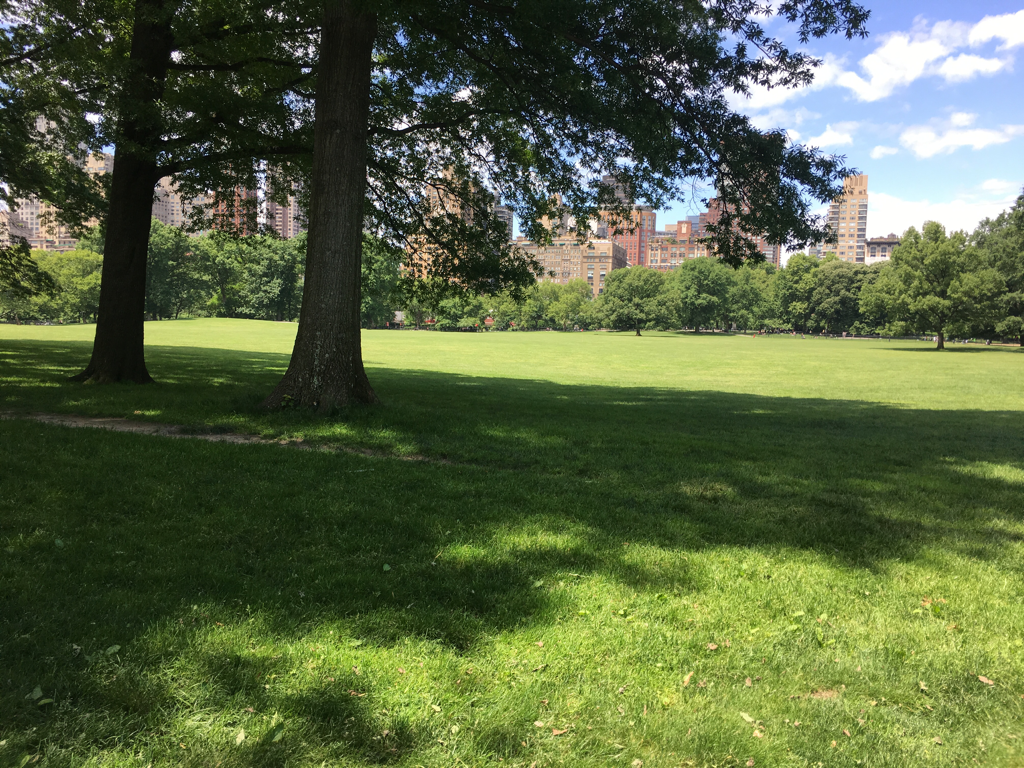
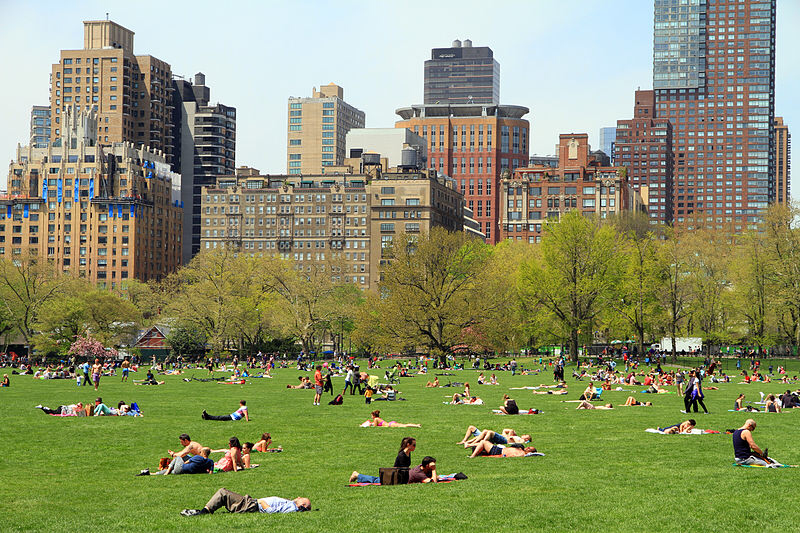
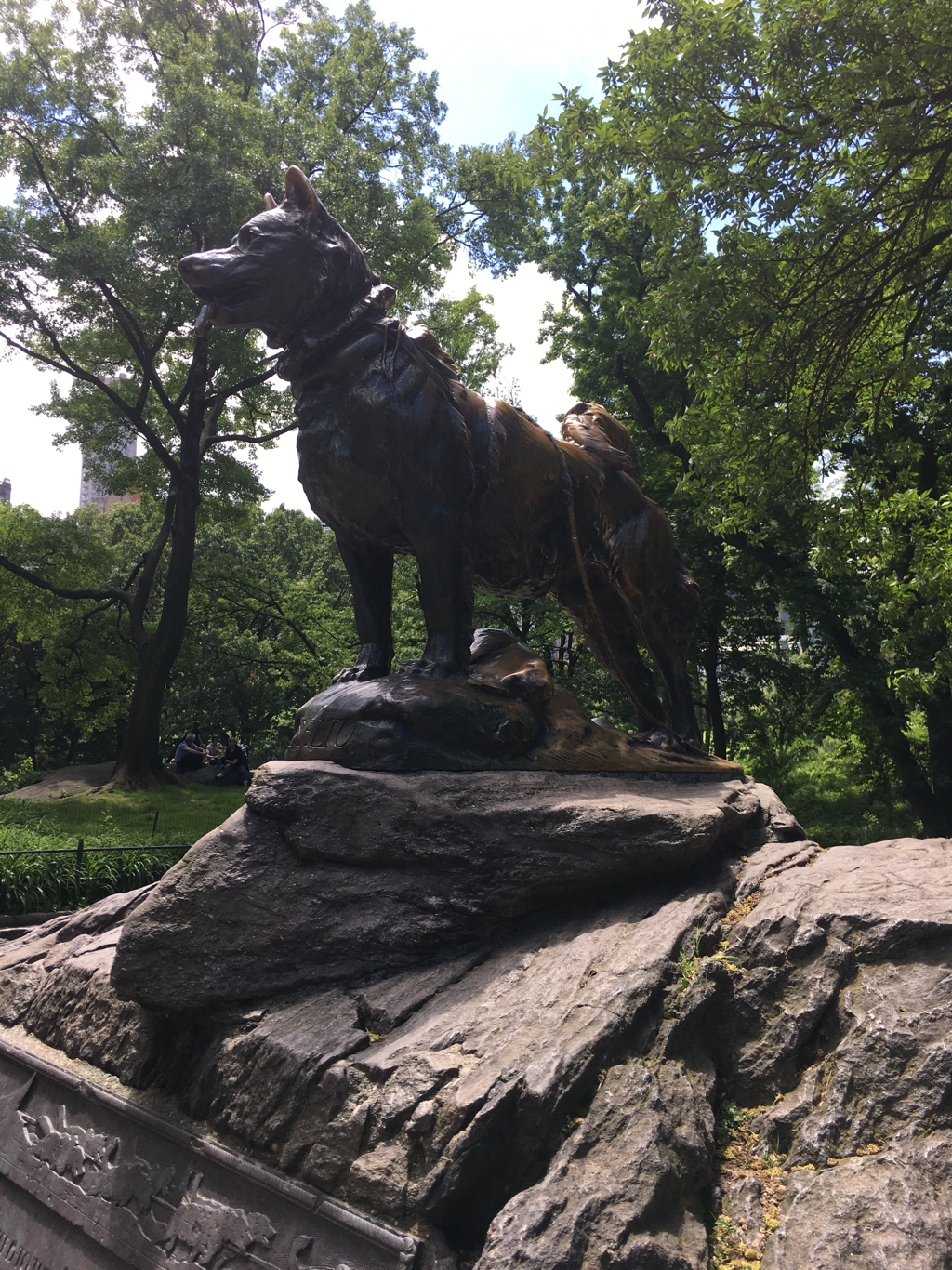
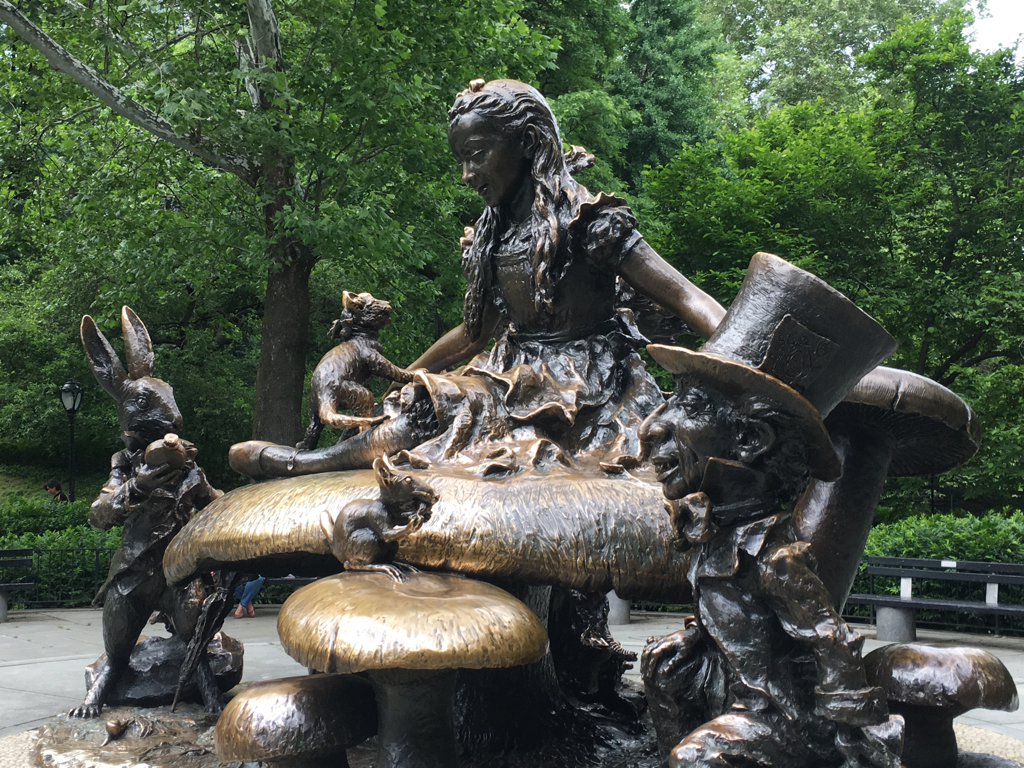
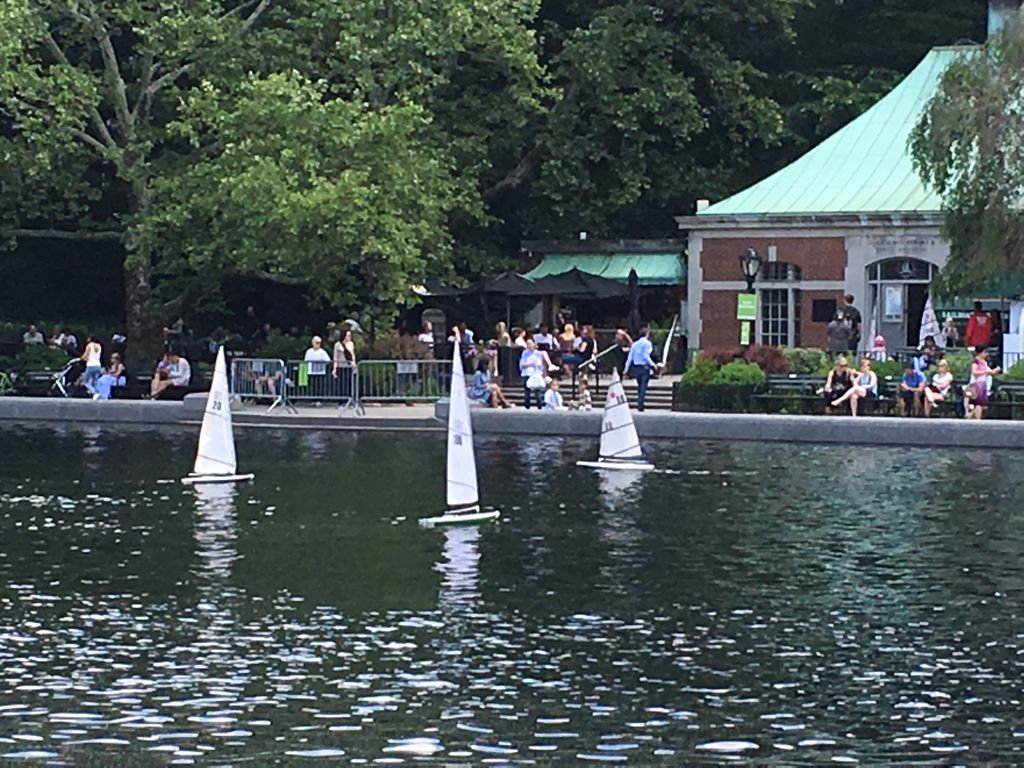
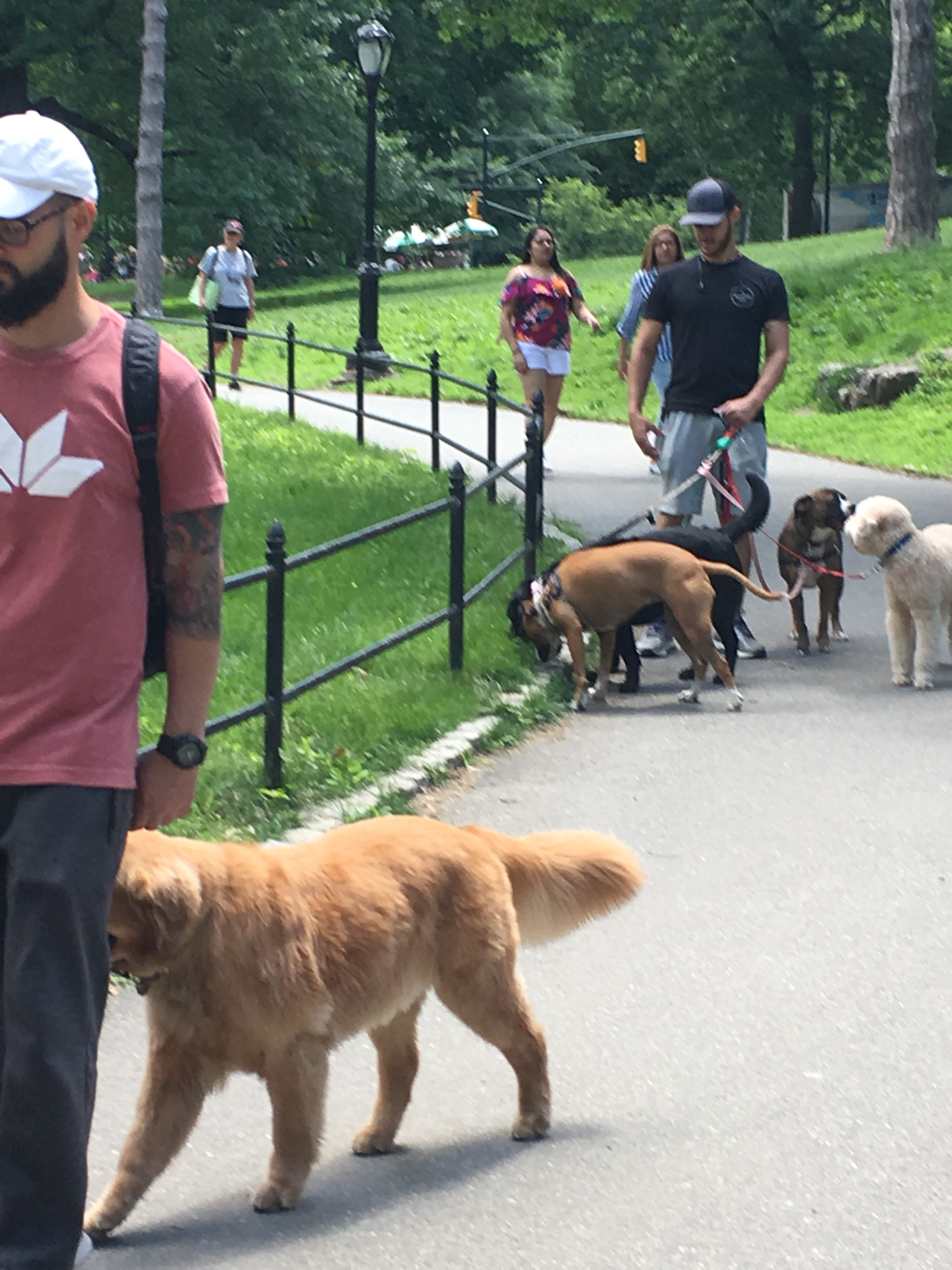
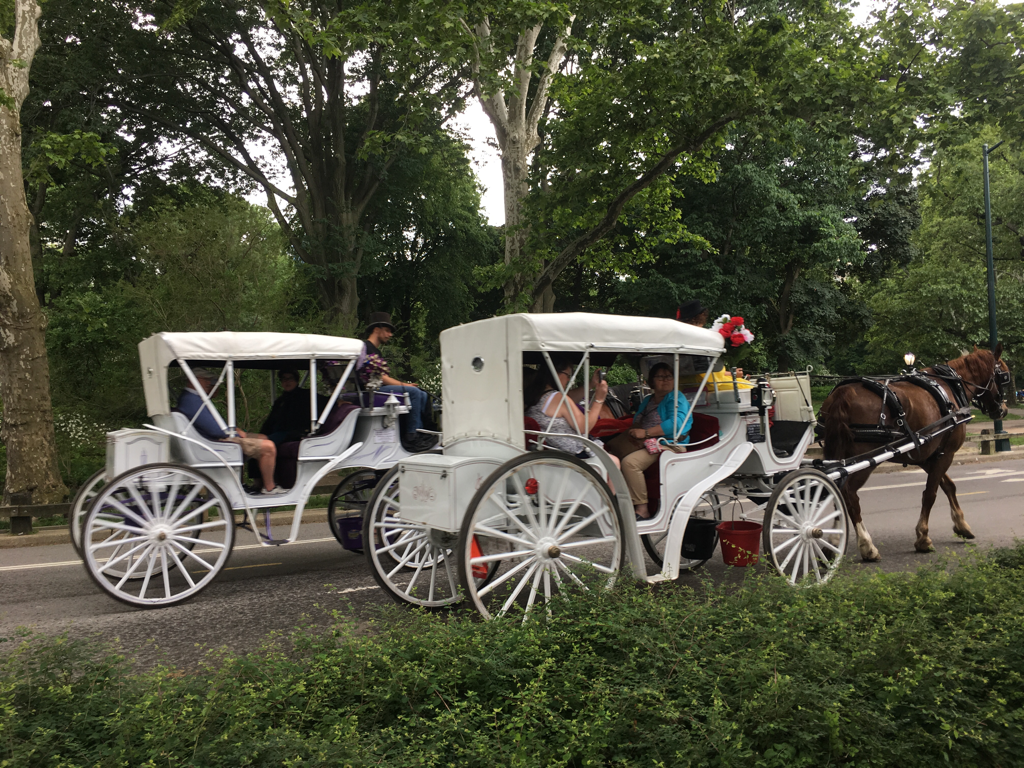
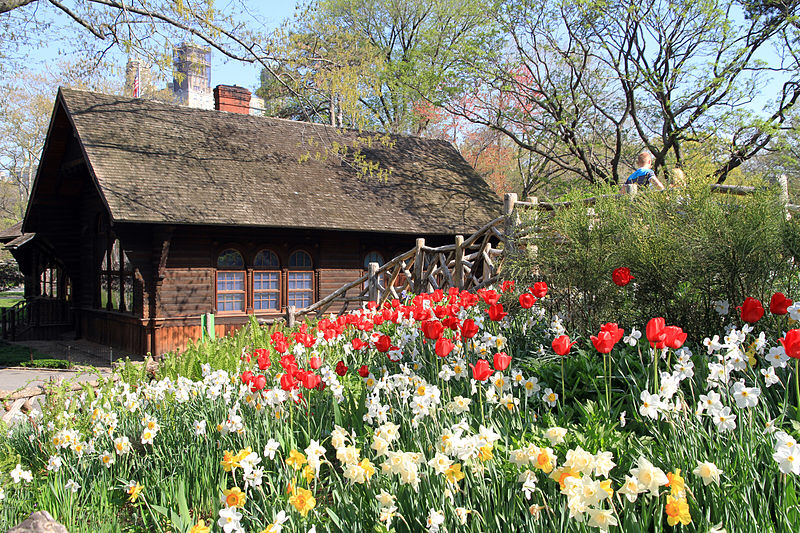
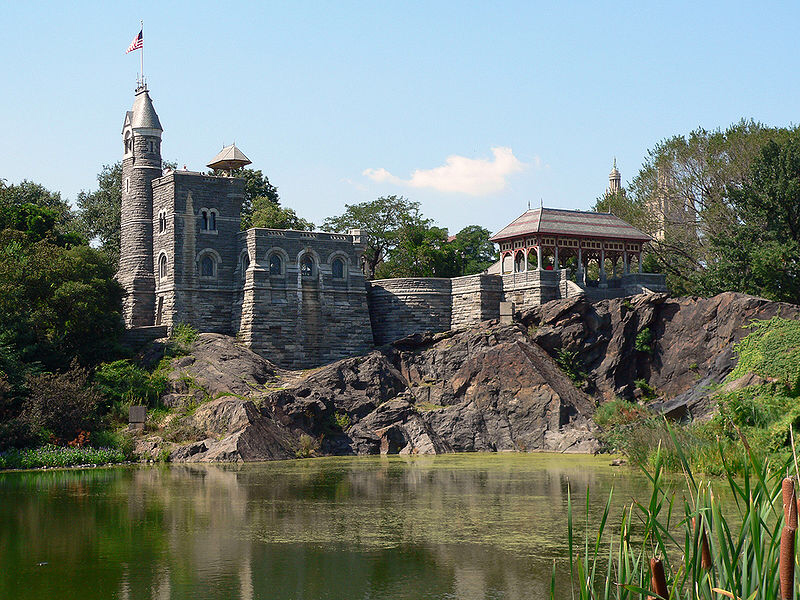
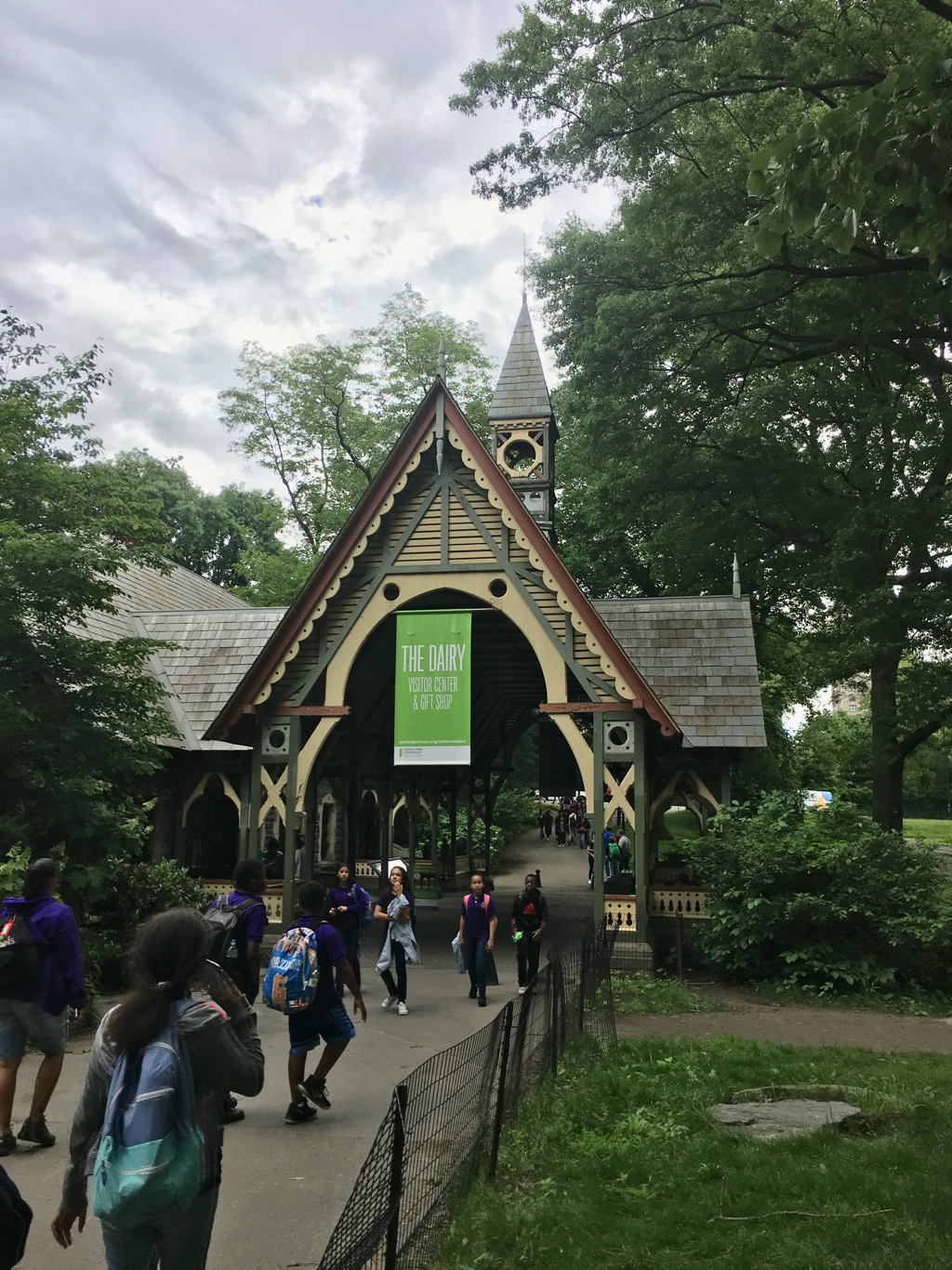
 RSS Feed
RSS Feed
